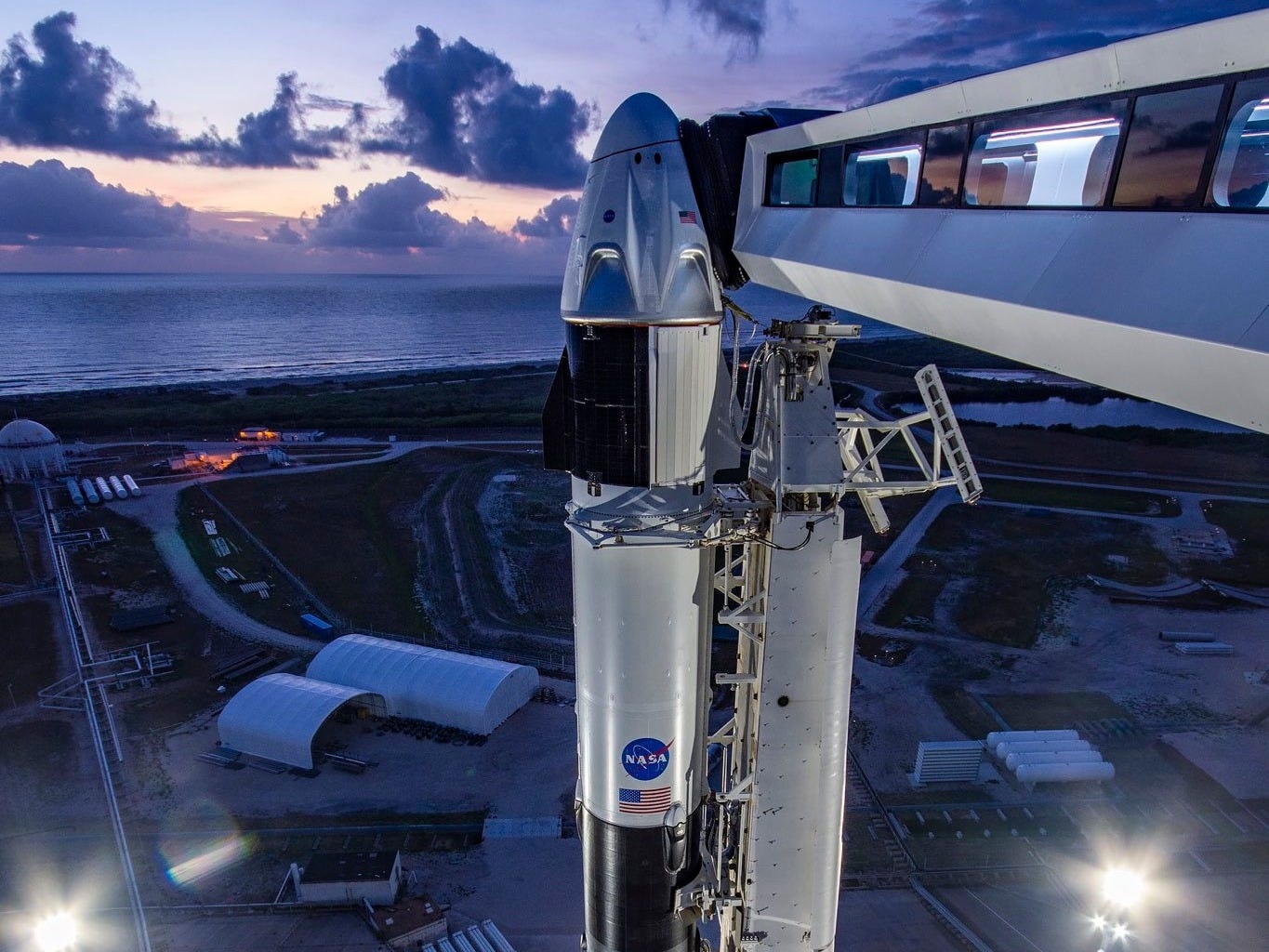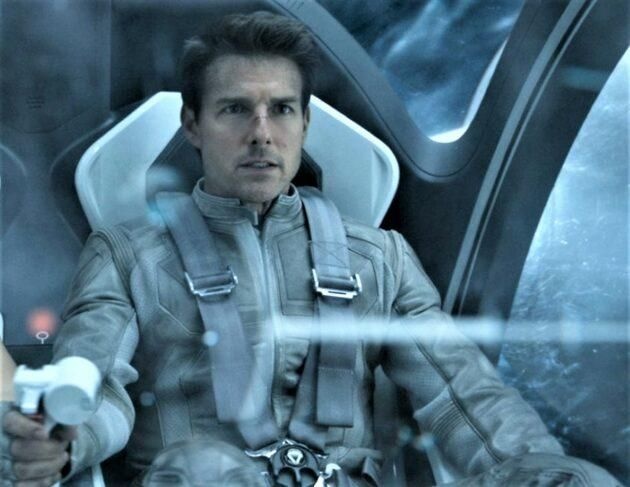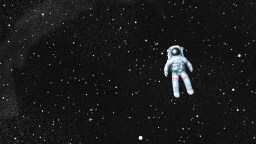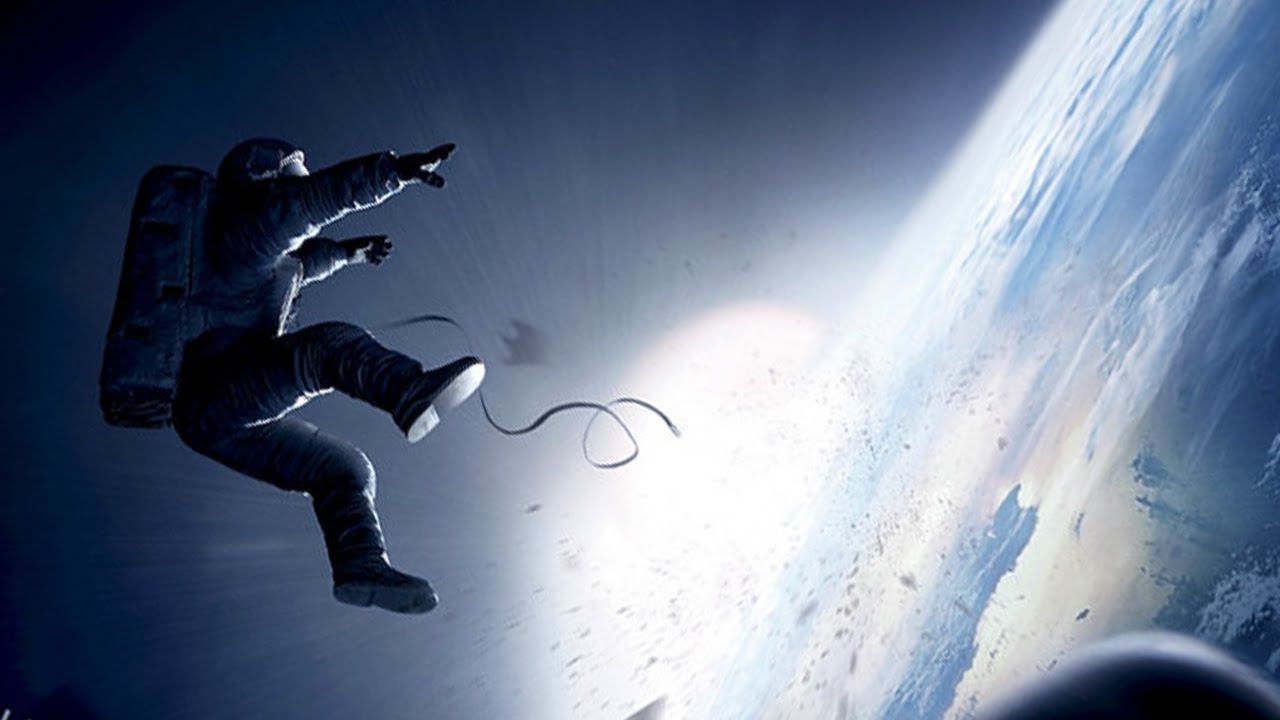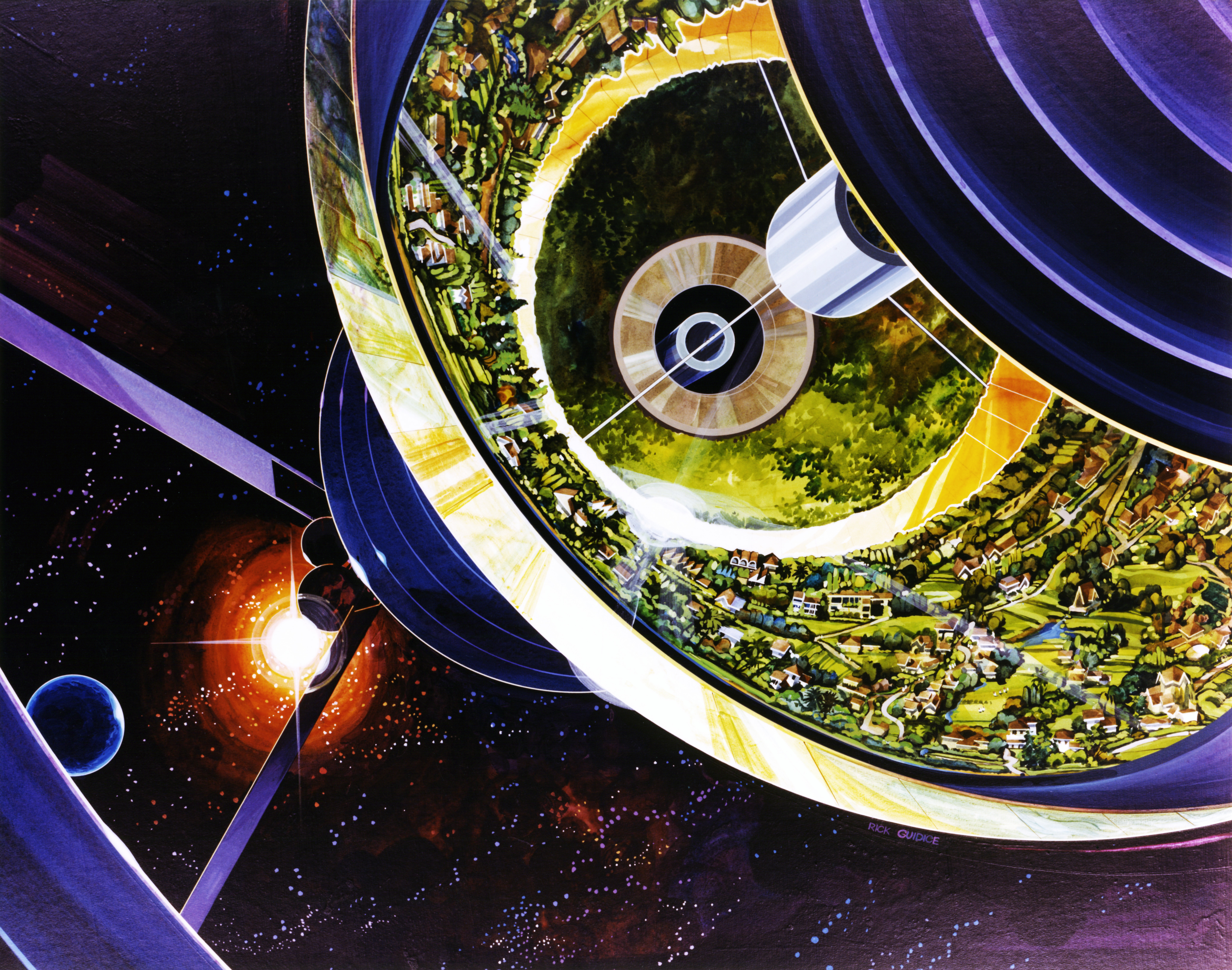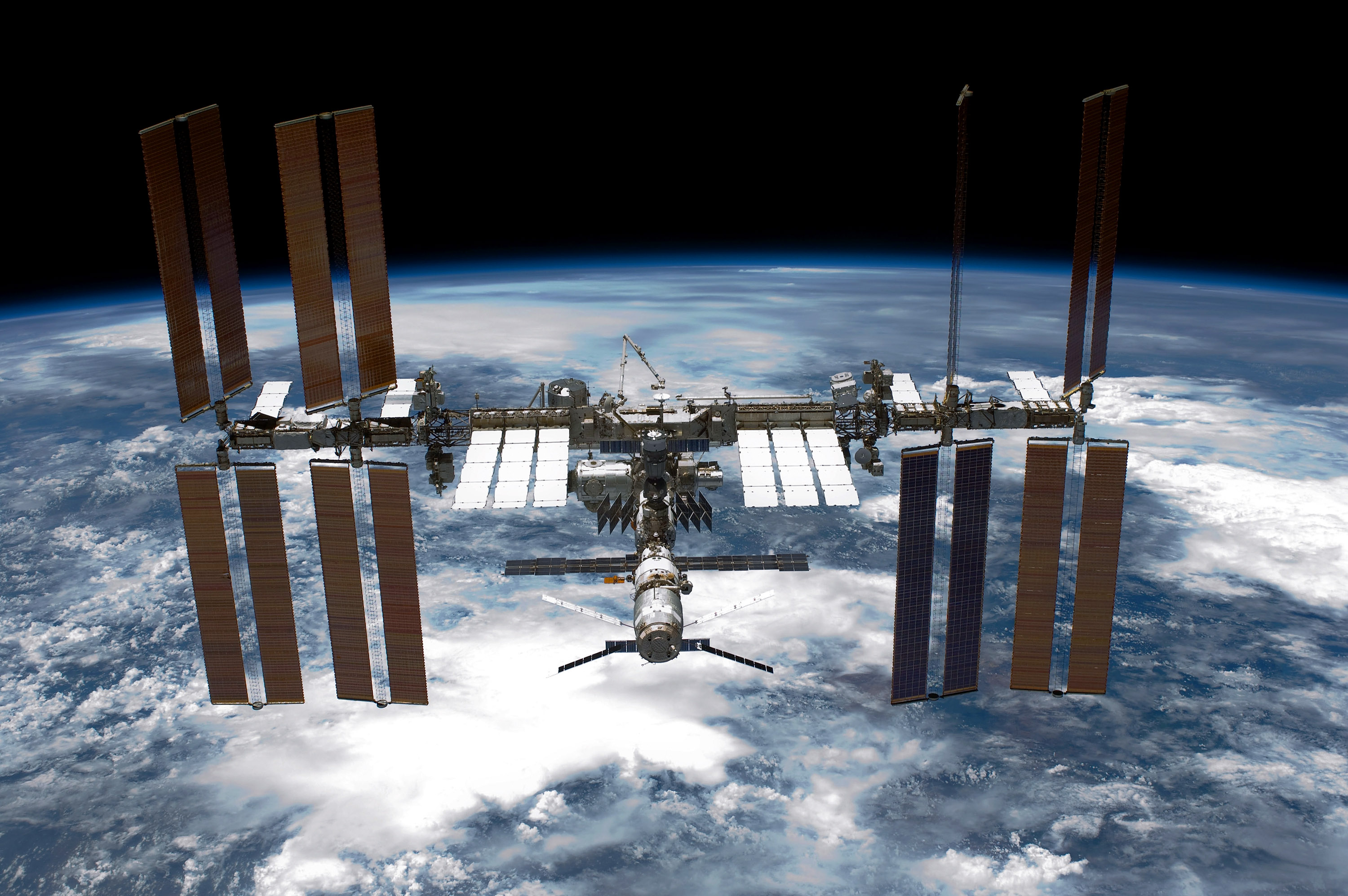ISS
The Demo-2 mission represents a new era for American spaceflight.
The 57-year-old is teaming up with NASA and SpaceX for the film project, which is to be set aboard the International Space Station.
Astronauts aren’t floating in space, they’re free falling—and so are you. Here’s the amazing science behind so-called zero gravity.
▸
4 min
—
with
Think getting along with people that are nothing like you is hard? Here’s how astronauts do it, 254 miles above Earth on the ISS.
▸
4 min
—
with
Space is not the place to put waste, as it turns pretty much anything into a high-velocity projectile capable of causing incredible damage.
New research explains how to build different types of outposts in space.
A 17-year-old British schoolboy spots an error in the data from International Space Station’s radiation sensors.
